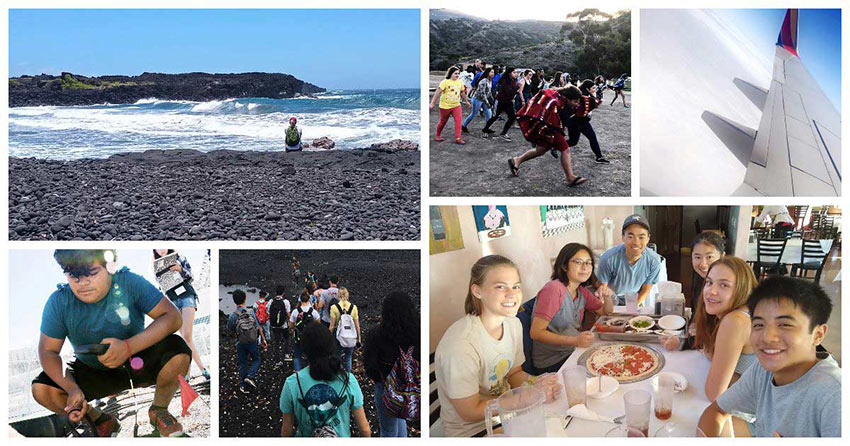13 August 2019
Preserving Culture: Kumeyaay Students Empowered and Educated

Across the country, members of the Viejas, Sycuan, and Barona bands of the Kumeyaay people are participating in classes and workshops tailored to their specific needs. You can find them on Catalina Island, Hawai‘i Island, the Biosphere 2 research facility in Arizona, and on American Indian reservations in San Diego County, in subjects as diverse as STEAM, sustainability, and digital citizenship.
This array of educational experiences stems from a partnership between UC San Diego Extension, UC San Diego’s Intertribal Resource Center, and the tribes themselves. They are collaborating to teach the skills, insights, and experiences tribal leaders believe will benefit their people. Classes are taught in their native language, English, or both.
“We want to use assets at our disposal to cultivate social capital and provide opportunities for empowerment,” says Morgan Appel, Extension’s Assistant Dean of Education and Community Outreach at UC San Diego Extension.
Among the subjects offered so far are Kumeyaay culture and language, which includes courses on Catalina Island that cover traditional fish trapping and plant harvesting. “We’re not just focusing on traditional education,” Appel says. “Some classes do focus on their culture and language, because it’s been seen that focusing on that gives tribal students a greater sense of pride, which gives them more ownership of their learning, and a higher success rate.”
Creating these courses is a collaborative process from start to finish that begins with the tribes, Appel says. “We work with each of the bands to talk about their educational needs and how we can bring the resources of the university to bear. It’s a reciprocal and equal partnership.”

This story first appeared in UC San Diego Extension's Summer 2019 edition of Accelerate Magazine, produced in collaboration with San Diego Magazine. Read more on the latest from Exension in "Bright Futures" including next generation scientific discoveries, our Women in Leadership program and how the mood of a community can affect the economy.
Did you find this article helpful? Let us know in the comments.